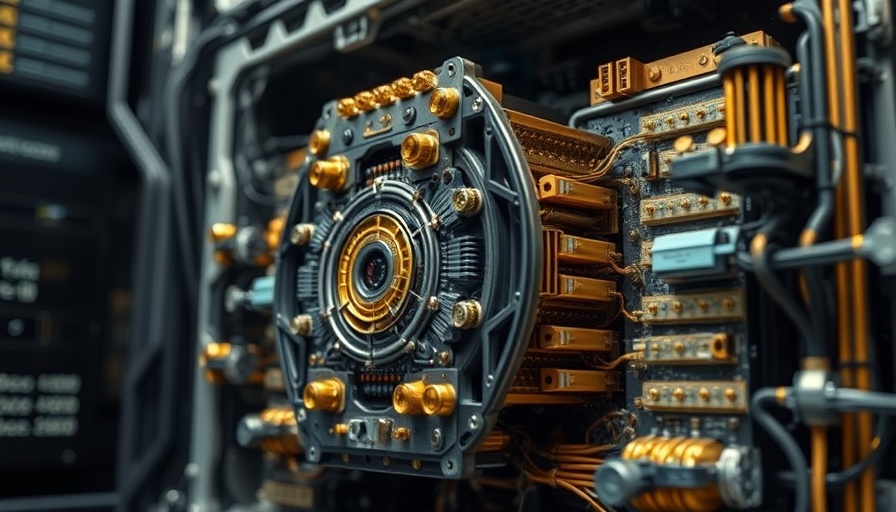
Unlocking the Secrets of Fault-Tolerant Quantum Computing
A monumental stride in quantum computing has just been made by an international research team, who successfully simulated a fault-tolerant quantum code often considered "impossible". The research, led by Chalmers University of Technology alongside institutions from Italy and Japan, unveils a straightforward algorithm that enables classical computers to accurately emulate a complex fault-tolerant quantum circuit utilizing the GKP bosonic code. This breakthrough is set to pave the way for remarkably advanced quantum hardware, making significant inroads towards the long-awaited promise of quantum computing.
Understanding Quantum Superposition and Error Correction
At the heart of quantum computers is their unique ability to represent vast arrays of possible states simultaneously thanks to quantum superposition. However, one of the core challenges hindering their practical implementation has been the complex nature of these states and the errors that arise during quantum computations. While conventional computers implement well-established techniques for error correction, quantum systems have been grappling with the difficulty of correcting a much higher frequency of errors that are not easily detectable.
A Major Breakthrough for Future Applications
Inside this groundbreaking work lies the potential to address numerous sectors such as medicine, energy, encryption, and artificial intelligence by harnessing quantum technology's unmatched processing power. The new algorithm signifies a leap forward, allowing scientists to conduct experiments that accurately mimic error-corrected computations. The insights gained from these simulations will not only enhance the reliability of quantum computers but also push the boundaries of what they might one day be able to achieve.
Implications for Quantum Technologies
Experts acknowledge that achieving fault tolerance is perhaps the most critical requirement for quantum machines to transition from theoretical concepts to tangible applications. The impossibility of simulating certain quantum computations was a nagging barrier—one so tall that even the world’s most powerful supercomputers would struggle to tackle. Research of this nature provides a crucial test-bed for the development of robust quantum technology, fostering the emergence of more stable and reliable quantum systems.
The Road Ahead: Future Predictions in Quantum Computing
With this significant breakthrough, we might be on the cusp of a new era in computing. As the ability to effectively manage computational errors develops, we can expect several classic problems—including those in logistics and artificial intelligence—to be addressed far more efficiently through quantum technology. Researchers emphasize that this achievement is not just a technical win, but a pivotal moment that may widen the accessibility of quantum computing solutions across various industries.
The Broad Impact of Quantum Innovation
As quantum computing continues to evolve, its implications stretch beyond just computational efficiency. The integration of quantum technologies with existing systems could foster new paths for innovation across sectors, encouraging companies to rethink traditional strategies in data management, software development, and scientific research. This new approach introduces the potential for a paradigm shift, aligning seamlessly with ongoing advancements in artificial intelligence and big data, ultimately catalyzing a new dynamism in the tech industry.
 Add Row
Add Row  Add
Add 




Write A Comment